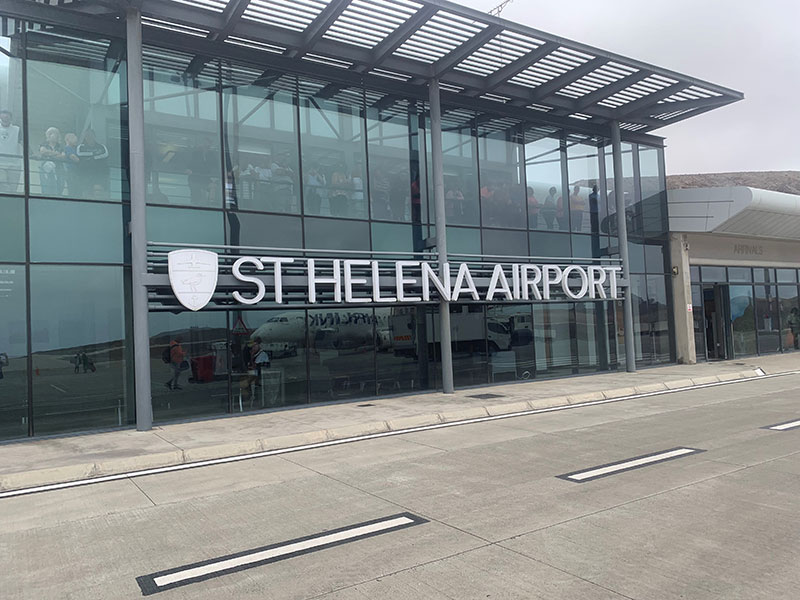The Whole of Government Accounts (WGA) are the consolidated financial statements for the whole of the UK public sector, showing what the UK Government spends and receives, and what it owns and owes.
Jump to downloadsAmyas Morse, head of the National Audit Office, has again expressed concerns about the Whole of Government Accounts (WGA), the third set of which has now been published by the Treasury. However, today’s report by the National Audit Office recognizes that the Treasury is making good progress in meeting its objectives for the WGA and the 2011-12 account has been produced more speedily.
The WGA seeks to show in one document the financial position of the whole public sector. According to today’s report to Parliament, the Comptroller and Auditor General continues to regard the WGA as a key means through which Parliament and other stakeholders might gain greater insight into the wide range of activities that government undertakes, scrutinize public finances and hold government to account.
The WGA suggests that the government’s measures to reduce the deficit are starting to have an impact, with an underlying reduction to the accounting deficit of £11 billion. The deficit for 2011-12, the shortfall between income and expenditure as defined by accounting standards, was £185 billion (compared to £94 billion reported for 2010-11). However, once the 2010-11 position is adjusted to take into account a gain of £126 billion arising from reducing the indexation rate for public sector pensions and a £24 billion reduction in the value of social housing, this represents a year-on-year reduction.
The government’s overall net liability (the difference between what it owes and what it owns) stands at £1,347 billion (compared with £1,186 billion in 2010-11).
The C&AG’s audit of the WGA for 2011-12 has once again revealed significant issues.
The Treasury’s policy for including bodies in the account still turns upon whether they are classified as being in the public sector by the Office of National Statistics. On these grounds, Network Rail remains excluded from the accounts. In addition, the publically owned banks have been excluded because their public ownership is a temporary state of affairs. The C&AG considers, however, that the accounting boundary should be assessed using accounting standards, the application of which require that such bodies be included.
The WGA is still not being produced fast enough, despite the Treasury’s having again brought forward its publication date; but the Department is making significant progress towards its medium-term goal of delivering the WGA within nine months of the year end.
Furthermore, the lack of detail in parts of the WGA continues to inhibit its usefulness and the underlying data is not yet good enough to allow improvements to be made: for example, it does not break down expenditure by function or show how it is distributed across the UK’s nations.
“The Whole of Government Accounts is a key means through which Parliament and the public can hold government to account for the money it spends and the activities it undertakes.
If the WGA is to achieve its full potential, the Treasury must do more – such as using accounting standards to decide whether publicly owned and controlled bodies should be included in the accounts. By this measure, Network Rail and the publically owned banks would be included. The Treasury should also work further to raise the profile of the WGA within government and ensure it is used more effectively to help decision-making.”
Amyas Morse, head of the National Audit Office
Downloads
- WGA-report_16-July-2013-for-NAO-document-v-2-0.pdf (.pdf — 643 KB)
Publication details
- HC: 531, 2013-2014



